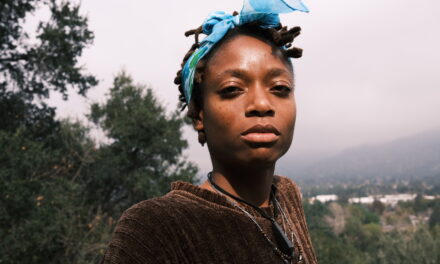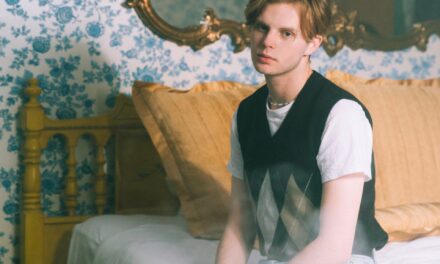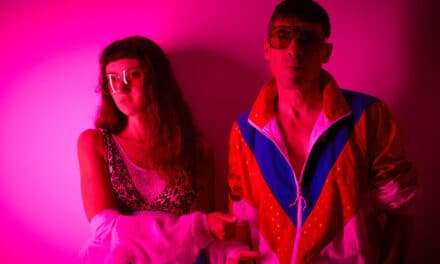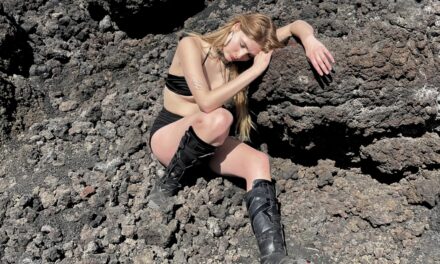A powerful new chapter begins today for global singer-songwriter Tilila as she releases her latest single entitled “Beaucoup”, listen HERE and watch HERE. Blending English and French languages, “Beaucoup” steps confidently into femininity, and a fearless declaration of owning every facet of one’s self. From Casablanca to L.A. to Paris, Tilila’s music weaves flamenco rhythms with pop and R&B toplines, while vocals flourish with jazzy harmonies, crafting a landscape where softness and strength meet effortlessly.
“Growing up, I thought I had to be the perfect, polite girl. That if I wanted to be taken seriously, I had to tone myself down — especially as a woman from a Moroccan background. Choosing to be confident and sensual in my music— it felt like rebellion at first. Now, it just feels like freedom” says Tilila. “‘Beaucoup’” is about being allowed to feel everything — desire, hesitation, softness, strength — and still be in control. Being feminine doesn’t mean being passive.”
“Beaucoup” feels like a sun-drenched dream with a knife under the pillow. What was the emotional core you and director Elisa Baudoin wanted to hit with the visual?
Elisa and I really wanted the video to represent my roots. The emotional core, I think, was authenticity — not just romantic emotion, but something raw and grounded. Sure, it’s a love song, but visually, she was more inspired by an Almodóvar film — where beauty meets roughness, where colors are bold but nothing feels polished. We wanted it to feel lived-in, intense, almost uncomfortable at times — like love that’s both intimate and on the verge of rupture.
There’s a stunning tension in your aesthetic—romantic but sharp, soft but charged. How do you strike that balance between vulnerability and power in your visuals and sound?
Indeed, I’m a big hopeless romantic, but also with an urban, more masculine edge. I love a “little girl in power” moment — softness that’s also in control. For me, “Beaucoup” was meant to be an introduction, a first hello. I wanted to show as many sides of myself as I could without overwhelming the listener.
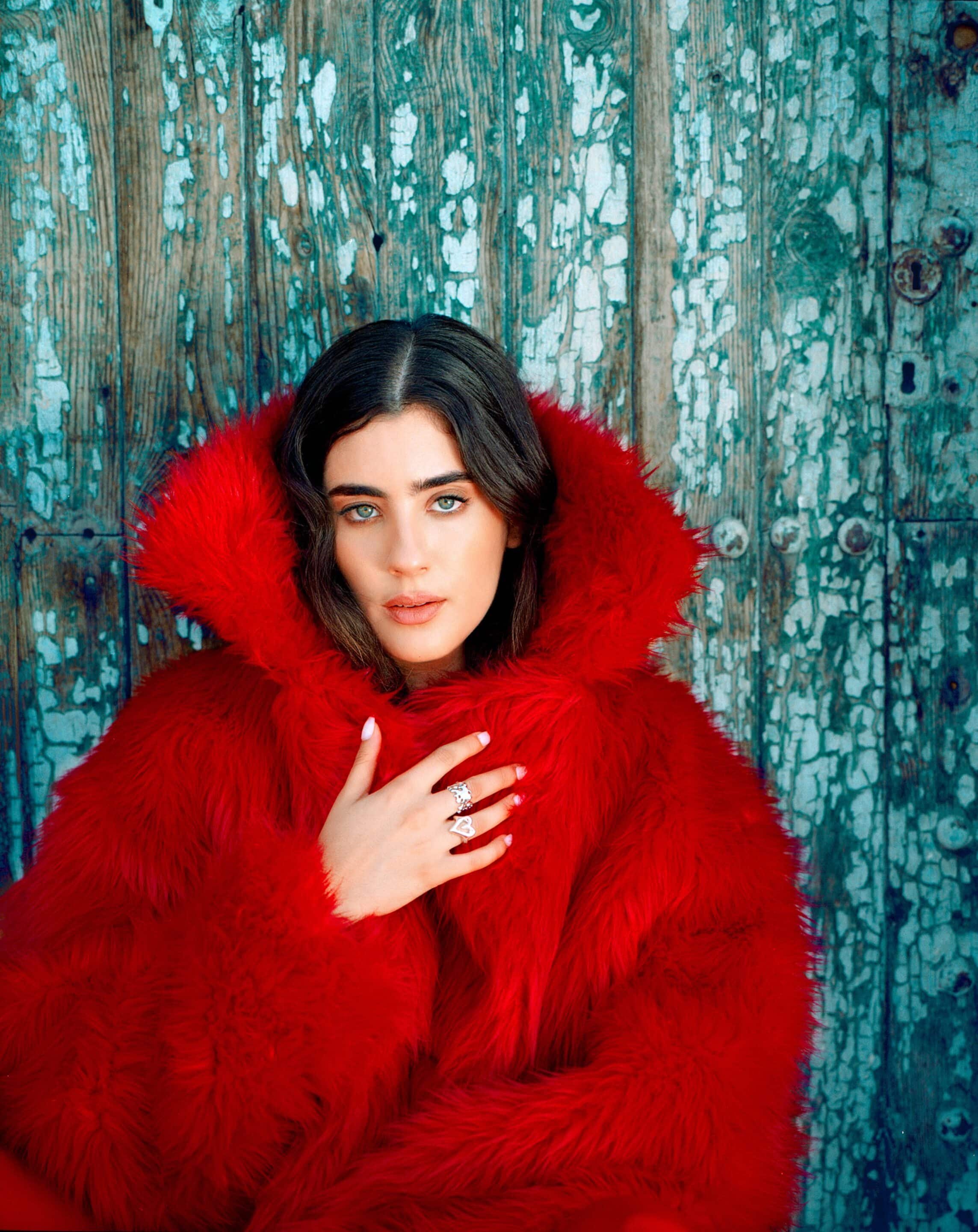
The choreography by Cassidy Ratliff, under the direction of Charm La’Donna adds a pulse to the video that feels both intimate and mythic. What was it like bringing movement into the storytelling? Did it unlock anything new in you as an artist?
Working with Charm was a dream. She was honestly on my wish list from the start, so I still can’t believe she gave me a chance so early in my journey. I’ve been a fan of her work for so long — but what impressed me the most is how she focuses on unlocking “you.” Not just teaching choreography, but helping you step into your own power. I had never really danced before, aside from some ballet as a teenager. So it was definitely a challenge — but I love challenges. And now I just want to keep doing it, again and again. That whole team gave me a kind of confidence I didn’t even know I had in me.
You’ve lived and created across continents—Morocco, Spain, France, the U.S. How do you protect your essence while still absorbing all these cultural influences?
I’m very close to my family — that’s what keeps me grounded. But I’ve always been a bit of a chameleon too. I love people, I love connection, and I don’t really care where you’re from or what your background is — if I like your energy, that’s all that matters. I think I got that from growing up in Morocco. It’s such a welcoming country. People sometimes see it as conservative, but it’s actually very open and culturally rich — it embraces difference. Going to boarding school in Switzerland taught me that even more. There were 20 students in my class, and 12 different nationalities. I learned early on how to live with people from all over the world, and that shaped the way I create too.
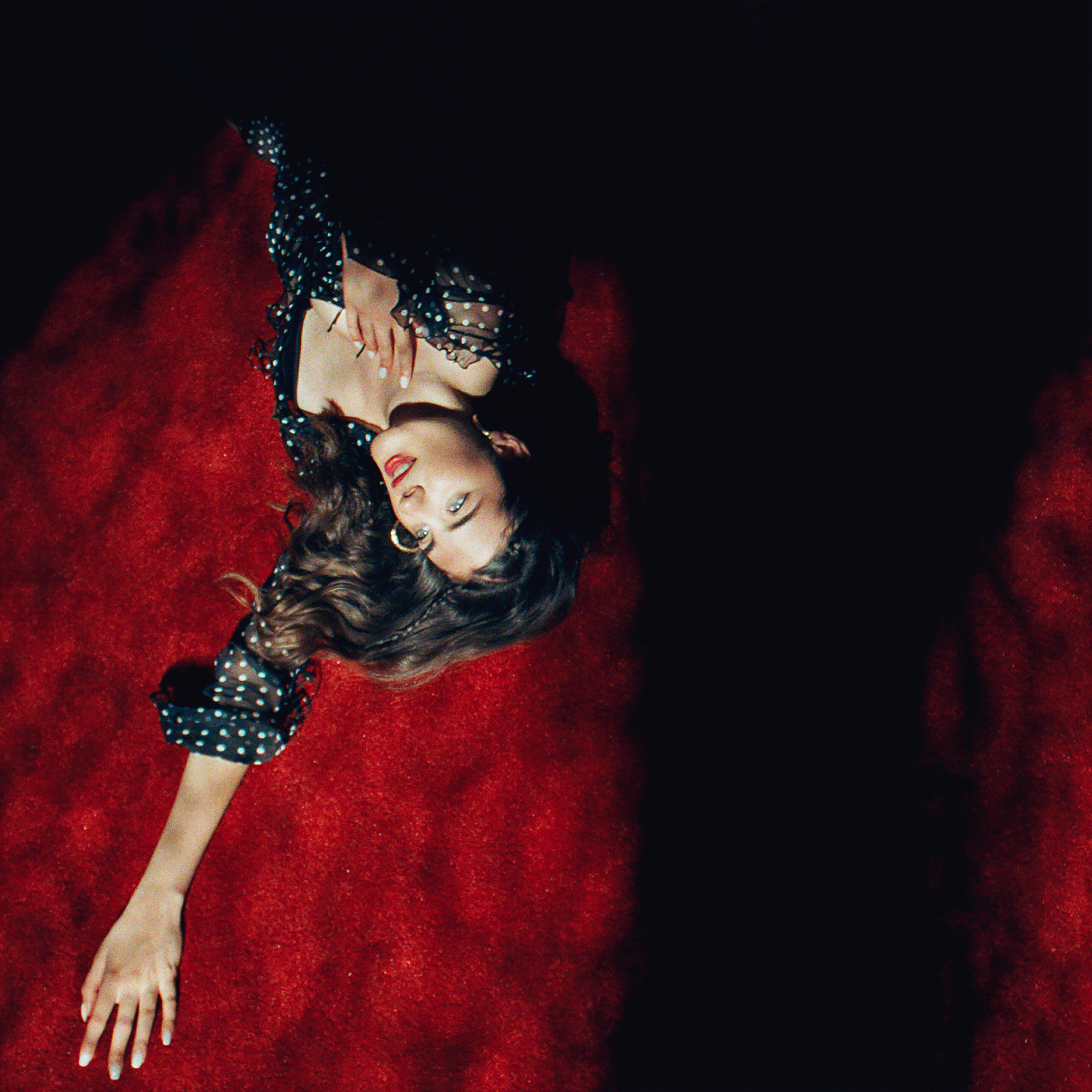
Your name means “freedom.” In a music industry built on boxes and branding, how do you stay unboxed?
I think it’s just who I am. I’ve always had a rebellious side — my mom saw it early, even when others didn’t. I wasn’t loud about it, but deep down, I always knew what I wanted and the kind of life I was meant to build. Learning to fully let go — to stop caring what people might think — came with time and experience. But I’m still learning every day. Now, I always ask myself: “Is this something I can stand on stage and defend with my whole heart?” If the answer is yes, I don’t overthink it.
You’ve worked with heavy hitters like Sammy SoSo and Kaydence, but your music never feels manufactured. How do you keep the production from overpowering the personal?
That authentic vibe on “Beaucoup” — I actually owe it to Khalil Cherradi, who produced the track and is also Moroccan. He really cracked the code for me. Before that, I was making more commercial pop, still trying to figure out who I was as an artist. But “Beaucoup” unlocked something. When we made it, I was like — wait, why haven’t I been making music like this all along? It felt good to sing. It felt like me. I’ve also been working on some bangers with Kaydence and Sammy SoSo — they’re incredible collaborators, and I’m learning so much from them. They understand how to make something undeniable. There’s definitely a science to it — sometimes the simplest things are the hardest to get right. But I always tell them: no matter what, I don’t want it to sound like what’s already out there. If it’s not new or personal, then what’s the point?
Language is clearly part of your artistic palette—English, French, Arabic, Spanish. How do you decide what language a song wants to live in? Or does the song tell you?
I just go with intuition — I listen to the beat and see how it makes me feel. I don’t overthink it. If it sounds like a vibe, I go with it. French is elegant and precise, English is bold, Spanish is lush, and Arabic always brings that extra magic. I love singing in all four, as long as I genuinely enjoy what I’m hearing. It took me a while to feel confident doing that — I didn’t grow up seeing many international superstars who mixed languages like that. But now I just try to be fully myself. It’s about being authentic to whoever ends up listening… and honestly, it’s also just really fun.
The visuals in “Beaucoup” reference Mediterranean glam, Moroccan edge, and something almost futuristic. Who are your visual or style icons, past or present?
The visuals in “Beaucoup” are like a fantasy built from memory — Morocco meets Europe, with a hint of Andalusia. That part comes from my grandmother. She was and still is one of my biggest inspirations. When I look at photos of her at my age, she always looked effortlessly chic — elegant without ever trying too hard. In terms of vibe, I think of women like Brooke Shields in the ’90s or Cindy Crawford — soft but striking, beautiful but untouchable. Elisa, the director, understood that instinctively. She’s a real queen when it comes to building a visual world — she’ll spend hours digging through old movies, pulling images, and explaining her vision with such clarity. At first, I imagined shooting the video in southern Europe, maybe Italy, to match the sonics. But Elisa said, “No, we need to show Morocco. That’s where the truth is.” And she was right — that decision made everything fall into place.
Your debut album’s coming in 2026—what’s something you’re putting into it that you’ve never shared before, musically or emotionally?
With the new music coming, you’ll start to see more extremes. If I go sad, I’ll go all the way. If I go masculine or feminine, I’ll push it fully. The emotions will be sharper, deeper. “Beaucoup” is just the doorway. Now we’re stepping inside.
If Tilila is a space where listeners get to feel free, what do you need in your life to feel free right now?
Damn, that’s a good question…Coming from Morocco, being from a Muslim country — and with everything happening in the world — one of my biggest wishes is to represent. To say: yes, I’m from North Africa, a region where too often the world assumes that women aren’t equal to men. I’ve always felt this fire in me, like I had to prove something — or rather, represent something. So I think I’ll feel free when I know I’ve helped shift how people see us. When I can love openly, without someone asking if I’m married first. When I can live wherever I want, without carrying the weight of stereotypes. When I can be on a rooftop, barefoot, with a beautiful man — not because I’ve escaped anything, but because I’ve helped change the story.


